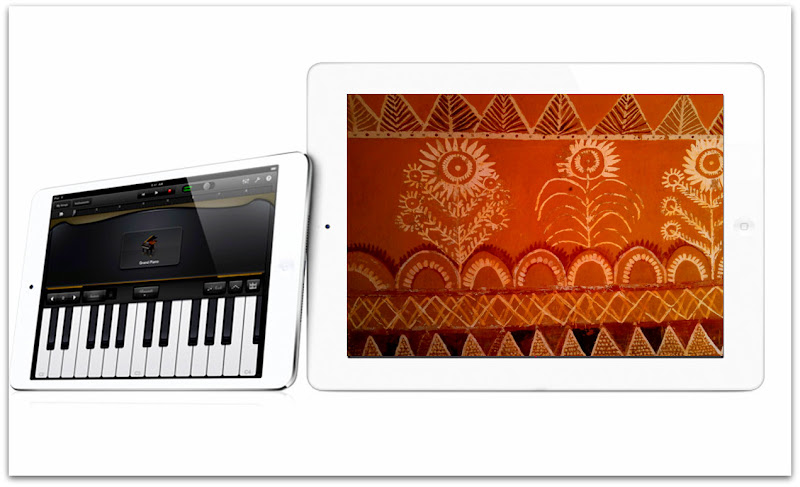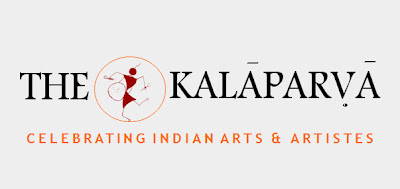
Article first published in 'Ananya Abhivyakti', Jan 2012
Wishing all readers a very very happy new year, good health, lots of success and the best of times ahead. New years are all always filled with resolutions, but I ain’t giving you any of those! This is rather a long flashback at the path that art has taken to reach where it stands today...
One of the most unique factors of training and education in the arts is the traditional and disciplined approaches followed in them. There are rave reviews about the strong oral traditions that helped pass on the vast knowledge of arts through centuries and generations. Be it music, dance, sculpture or even the art of chanting hymns from the Vedas, the mechanisms of ‘Learning through observation’ formed the backbone for nourishing quality (and quantity too!).
It was the much revered Guru-shishya parampara where the student had just his/her Guru to look up to, imitate and mechanically absorb and reproduce everything that was on offer. And so amongst everything else there was this strange simplicity, natural flavor and beauty, the boundaries within which art flourished.
Calling for a distinct observation, this has been mentioned in past tense very clearly indicating the changed trends. In an ‘E’ era and age that training and education of art is happening, the imitation and reproduction remain the same, the only major disparity being that both the giver and the receiver of knowledge are available at the click of a button! The button may be that of a mobile, television, laptop, iPad, iPod or a Kindle or any other such ‘I’ o ‘E’ learning device. And the button of each of the two people talked about here could be operated by and in a few hundred hands at their will and wish and in changing time zones across the globe!
Citing an example, sitting in the remotest village, a song can be recorded in an iPod, transmitted through a mobile or a computer to far seas, plugged on an iPad and practiced while travelling and presented just about anywhere.
Video recordings and learning materials are available at large in the market, and if this does not suffice, videos are categorically captured during concerts and performances, passed on, individualized and used indefinitely. There are private classes conducted online to the extent that in sheer coincidence the student and the teacher would not identify when they stumbled on each other! Where dance items are available like peanuts, ‘shruti’ for music is carried in mobiles, thus the sole treasured identities of these art forms loosing their place as well.
Art practice was, in earlier times through performances in the sacred precincts of the temples and propagated through the innate talent of sculptors freezing the art in time. ‘Time’ in the current context goes beyond one’s imagination – one can travel back in time, travel ahead in time, manipulate it to the minute division, with regard to art but none have ‘Time’ to spare.
Practice anywhere and propagate however is the mantra. No more personal courtesy visits to sabhas and organizers, just a link of a website sent through a Blackberry. No more visits to gaze at temples and photo shoot oneself, rather, click a picture, coordinate the required backdrop, photoshop it, add a little "warmification" and you are ready picture perfect having visited Kajuraho to Kancheepuram during sunset and sunrise – you name it!
Is it creating more takers for the art through globalizing? Or is it distancing the native art from its own identity?
Pardon me if I have not taken a stand this time, for I am too confused to take one!

